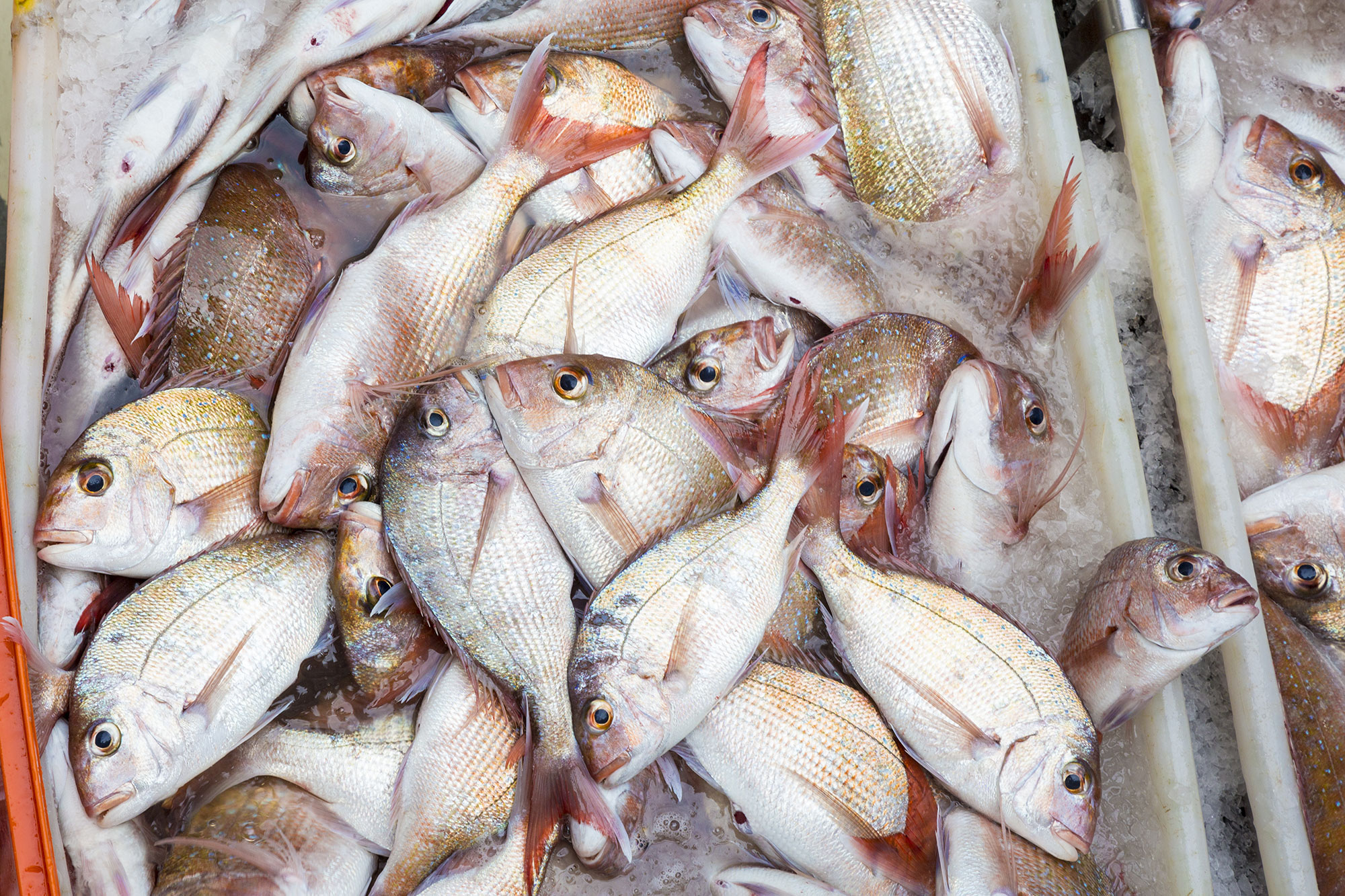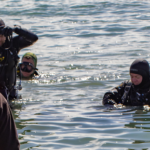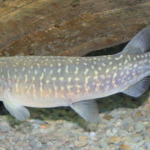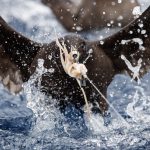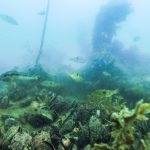The Hauraki Gulf has provided rich fishing grounds for centuries. Sadly, commercial overfishing during the 1970s led to plummeting fish stocks. This prompted the introduction of the quota management system (QMS) in 1986. The system created individual tradeable quota (ITQs), which were gifted to fishing vessel owners, and gave them the right to harvest a proportion of the total allowable commercial catch (TACC) for a stock.
The system was primarily designed to do two things. First, it was intended to reduce harvest to sustainable levels through imposing a harvest cap (the TACC). Secondly it was designed to drive economic efficiency in the fishing industry, through encouraging fishers to sell up and exit the industry, thereby reducing spare capacity in the fishing fleet. What it was not designed to do, was to manage the environmental impacts of fishing activity. This required additional regulation which has largely not been forthcoming.
Thirty years on, the Environmental Defence Society has undertaken an in-depth review of fisheries management in the Hauraki Gulf and other inshore areas. This was based on official fisheries assessment data supplemented by in-depth interviews with fishers. The results were recently published in the book Voices from the Sea: Managing New Zealand’s Fisheries.
The study revealed a fisheries management system that is failing to deliver. This is for a variety of reasons. To start with, there is a complete spatial mismatch between the quota management areas (QMAs) which are the basis for managing fish stocks, and the actual biological populations of fish. In the case of a species such as flatfish, which is comprised of many small populations within a quota management area spanning the entire top of the North Island, there has been no mechanism to manage harvest impacts on local stocks.
Secondly, the fisheries management system is simply not managing most stocks in the Hauraki Gulf. For the top 14 finfish species, the most recent adjustment of the TACC was a decade ago. That was for terakihi which received an increase in allowable harvest but which is now in deep trouble and facing severe cuts. Species such as flatfish, gurnard and trevally have never received a TACC adjustment since being brought into the QMS over 30 years ago.
A major reason for this lack of active management is a paucity of science, and this in turn is largely due to a user-pays system where quota owners have an incentive to drive down research costs. Total investment in fisheries science has reduced by half in real terms since the 1990s at a time when the number of stocks being managed has more than tripled. Consequently, we know very little about many of the stocks in the Gulf. Of the Gulf’s 14 top finfish stocks there is no estimate of stock status for 10, and of the remaining four, only for one – kahawai – are the scientists confident that the stock is above the target level. The snapper stock, although recovering, is still only about half the size it should be after 30 years in the QMS. There is serious concern about other stocks, with fishers reporting difficulty in catching anchovy, pilchards, gurnard, John dory, hapuku, terakihi and crayfish amongst others.
Whereas stock management is languid, fisheries management in the Gulf appears to be virtually blind to the issue of habitat damage. Fish can only thrive if they have access to healthy habitats which provide adequate food and shelter for all their life stages. But there is growing scientific evidence that the Gulf is experiencing ‘juvenile bottlenecks’ where habitat required to support small fish is insufficient. Extensive areas of such habitat have been lost through the impacts of trawling, dredging and land-sourced sediment, stressors which are still inadequately managed. Notably, the Sea Change Tai Timu Tai Pari process recommended that trawling and dredging be transitioned out of the Gulf to enable habitat recovery but no action has been taken to implement this.
In addition, important reef habitat is being lost through ‘trophic cascades’ where the fishing down of large crayfish and snapper has resulted in a population explosion of kina, which has in turn stripped the reefs bare of their rich kelp forest. Kelp forest are enormously productive and have been compared to tropical rainforests in this respect. They provide important settlement cues for species such as young rock lobster, and their loss, along with overharvesting, may well have contributed to the recent collapse of the crayfish stock in the Gulf.
So, what can be done to rectify the situation? The first step is to acknowledge that the system is broken and needs to be fixed. The second step is to provide a forum where the full range of issues can be investigated and the wide range of people with an interest in fisheries heard. The Environmental Defence Society is calling for an independent inquiry into the fisheries management system. This would provide a deliberative public process to develop solutions in the broader public interest. Such change is needed, or inevitably, the Gulf’s fisheries will continue to decline.
Copies of Voices from the Sea: Managing New Zealand’s Fisheries can be purchased from the Environmental Defence Society at www.eds.org.nz.
A seminar hosted by Auckland law firm Simpson Grierson enabled Raewyn to discuss her findings with a panel comprised of:
- Dr Andrew Jeffs, Professor of Marine Science, University of Auckland
- Dave Kellian, Independent Fisher
- Volker Kuntsch, Chief Executive Officer, Sanford
- Dr Glenn Simmons, Business School Research Fellow, University of Auckland
- Dion Tuuta, Chief Executive Officer, Te Ohu Kaimoana
The seminar was recorded and is available for viewing here.
National Radio profiled the event on Morning Report here.


